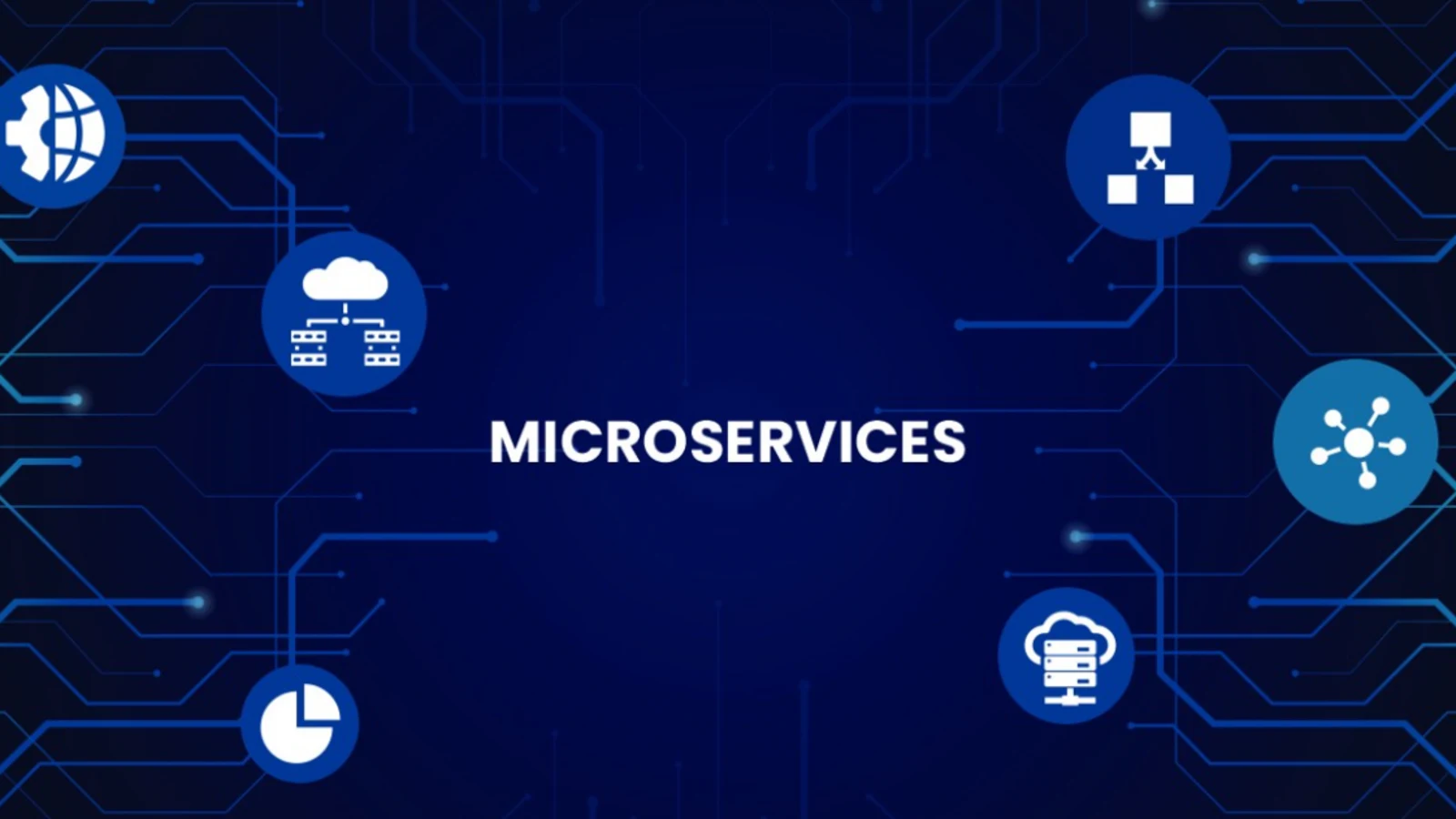Microservices is an architectural style that structures an application as a collection of small, loosely coupled, and independently deployable services. In a microservices architecture, an application is divided into a set of services, each responsible for a specific business capability. These services communicate with each other through well-defined APIs.
Service-oriented: Microservices are built around business capabilities and are designed to be self-contained and independently deployable. Each microservice focuses on a specific task or functionality.
Decentralized governance: Each microservice is owned by a small development team and has its own development lifecycle. There is no central authority governing all the services, allowing teams to work autonomously.
Independent deployment: Microservices can be deployed independently of each other. This enables faster deployment cycles and allows for continuous delivery and continuous deployment practices.
Scalability and resilience: Microservices can be scaled independently, allowing for better resource utilization and improved resilience. If one service experiences high load or fails, it does not impact the entire application.
Technology diversity: Microservices allow for the use of different technologies and programming languages for each service, depending on the specific requirements of that service.
Flexibility and maintainability: Microservices make it easier to make changes and updates to specific parts of the application without affecting the entire system. This enables agility and faster time-to-market.
Fault isolation: Since microservices are isolated from each other, failures in one service do not propagate to others. This isolation helps in identifying and resolving issues more effectively.





